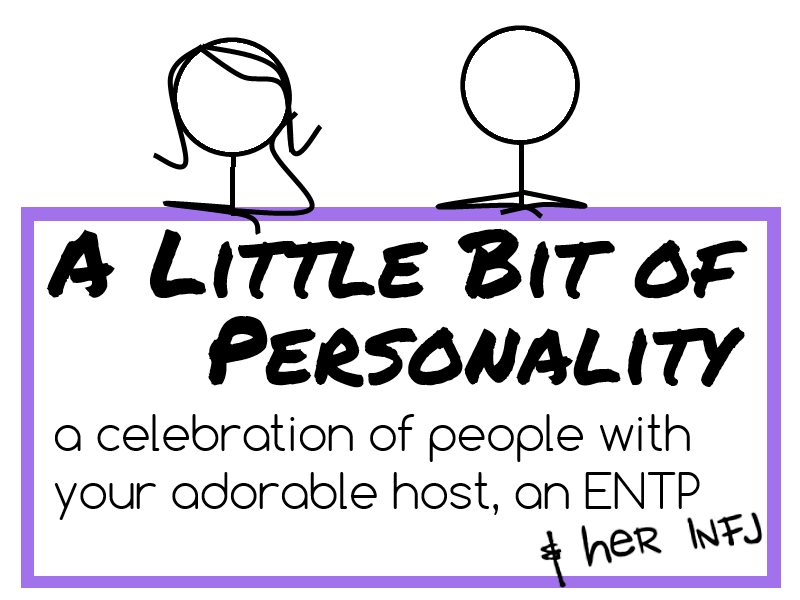Hello again! Welcome back to Cognition – The Super Simple Series! If you missed Part 1: Cognition and the Four Types of Information, go check it out now. 
I’m very excited for this post as there is sooo much confusion and stereotyping about what functions really are. In this post we’re looking at just how simple and straightforward cognitive functions are, and yet how they’re complex in application and, when understood correctly, should help us understand our complexity as humans more, not limit us into boxes. But I’m getting ahead of myself, as usual.

If we define “Cognition,” as we did in Part 1, as the action of your mind acquiring and processing information, “Functions” are the tools our minds use to acquire and process that information.

Functions are the means by which we take in each Type of Information. Functions also help our minds determine our mind’s objective or end goal for that information. They help us find patterns in and narrow down important information, and evaluate and apply information to the world around us.
So Part 1 was about what information we gather and process, and Part 2 is about how we gather and process that information. Got it?
There are four functions; two Compilation Functions and two Application Functions. Everyone uses all four; we just use them in different orders and apply them to different types of information.

Compilation Functions compile massive quantities of information into universally applicable patterns that *always* apply. They find similarities and trends in otherwise overwhelming quantities of information in order to find the common threads that run through all of it.
The Compilation Functions function like enormous databases of information collected over the course of your life that serve as reference compendiums for life.

Application Functions apply information to specific circumstances by deciding which information and choices best match with that function’s aim and purpose. They evaluate and weigh the importance of information as well as decide how to use it in practice.
The Application Functions function like filters for information that are constantly working to apply and decide how information will be used in any given scenario.
The Compilation Functions

Sensing and iNtuition are the two Compilation Functions.

“Sensing” gathers and compiles information from our own experiences, things we’ve personally seen, heard, touched, felt, smelled, danced, etc. (I’m pretty sure dancing is the sixth sense.) It finds patterns in the experiences we’ve had so that it can understand the way things and people currently work, or have worked in the past. It helps us treasure and appreciate things that already exist and helps us protect good things from being lost.
Everyone uses the Sensing function at some point during their cognition process, but a person is considered a Sensor (S) if they use Sensing to process information in one of their first two cognition steps.

“iNtuition” gathers and compiles information in the form of concepts. A concept is the overall idea or mental image of information. iNtuition compiles these overall ideas and finds patterns and connections between them, in order to find new ways to use them. It helps us see how things are connected to one another and see what’s missing.
Everyone uses the iNtuition function at some point during their cognition process, but a person is considered an iNtuitive (N) if they use iNtuition to process information in one of their first two cognition steps.
I find that Sensing and iNtuition tend to cause people the most confusion, but despite what some might tell you, don’t get hung up over claims of one function being smarter, more practical, more athletic, or more philosophical than any of the others. Sensing focuses on experiences and iNtuition focuses on concepts, no matter who is using it or what Type of Information it’s compiling.
The Application Functions

Feeling and Thinking are the two Application Functions.

“Feeling” filters and applies information in order to understand its meaning-its intrinsic significance in the grand scheme of things-and in order to reach the most meaningful result from a given circumstance.
Feelings inform us of what truly matters to us, and what is important in our lives.
While everyone uses the Feeling function at some point during their cognition process, a person is considered a Feeler (F) if they use Feeling to process information in one of their first two cognition steps.

“Thinking” filters and applies information in order to understand its use-its value in helping the user to employ the information and resources at their fingertips-and in order to reach an outcome of efficient utility.
Thoughts inform us of what’s most beneficial or detrimental for whatever goal we have at the time.
While everyone uses the Thinking function at some point during their cognition process, a person is considered a Thinker (T) if they use Thinking to process information in one of their first two cognition steps.
And no, despite what the internet may tell you, in all its wisdom, Feelers are not any more emotional or kind and Thinkers are not any more logical or hard. That is bull-turds. The definition that holds up repeatably and consistently in practice is when a person prioritizes use or meaning in their cognition process.

I want to really emphasize again that these are the definitions of the functions, and how they work for each of us. We just use them in different orders and matched up with different Types of Information, based on what our minds desire and love the most. It might seem like a redundant point to hit, but it’s incredible how much stereotyping and type-bigotry sneaks in, when that one little point gets ignored. Not to mention that when definitions get forgotten, everything just gets way more complicated than it really is.
So don’t feel boxed in by systems or sources that use terms like “dom” or “dominant functions.” As we’ll discuss in the next few posts, the cognition process has a beautiful physics to it, full of elegant cause-and-effect and reasons behind each motion. In contrast, using jargon that you’ll see splattered across the Internet like “Fi dom” or “Ne dom,” implies that a person should be boiled down to just one function, and ends up entirely too subjective to have any sort of repeatability or science. While some people might prefer to narrowly label both others and themselves by a single box or trait, human beings are so much more gorgeously complex than that.
Now, what does it really mean to “prioritize” a Type of Information or a function and what’s the deal with this “cognition process” we keep talking about? In the next post we’ll discuss one of my very favorite parts of cognition: Cognition Steps and the Anatomy of the Cognition Process!
On the aLBoP Guided Tour? Cognition – The Super Simple Series | Part 3: Cognition Steps and the Anatomy of the Cognition Process is up next!


















 .
. 

I really appreciated this post. When you think about it, it is easy to see how people prioritizing different functions can solve the same problem in different ways, bringing different perspectives to it.